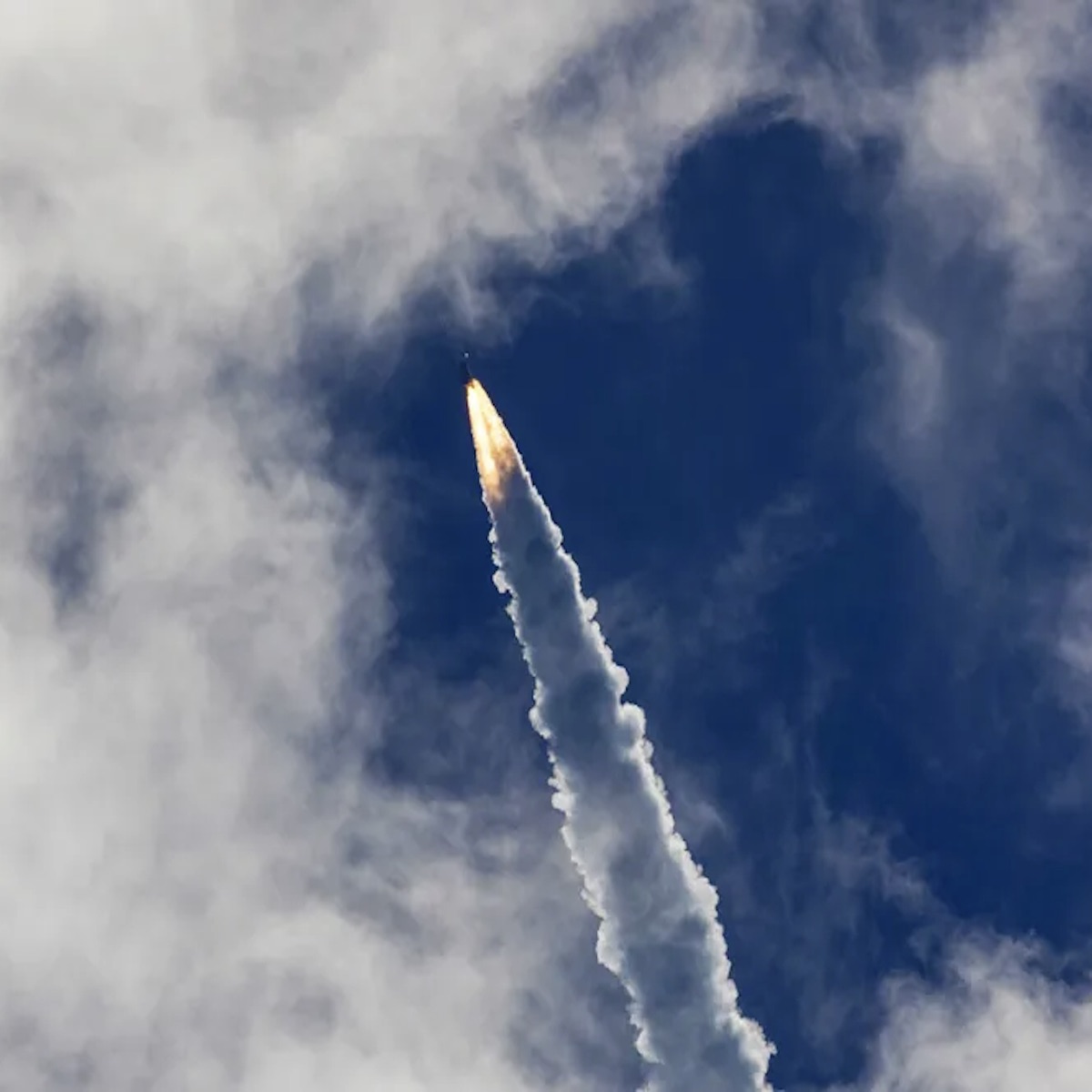An experimental cruise aircraft potentially capable of Mach 7 (5,371 mph) is expected to fly next summer as part of the U.S. Department of Defense’s Hypersonic and High-Cadence Airborne Testing Capabilities (HyCAT) program.
The program, which is overseen by the DoD’s Defense Innovation Unit (DIU), is awarding commercial companies grants to develop reusable, low-cost, and hypersonic test vehicles that might later be used in commercial or defense applications. (Mach 1 is the speed of sound, or about 767 mph at sea level, while Hypersonic refers to flights of Mach 5, or 3,836 mph, or higher.)
The Dart AE, being developed by the Australian firm Hypersonix Launch Systems, will take to the skies next summer, according to C4ISRNET. Dart AE is a 9.8-foot-long, 660-pound demonstrator.

Courtesy Hypersonix
Lt. Col. Nicholas Estep, HyCAT program manager, told C4ISRNET that his department and Hypersonix are working out the details of the mission, including the flight conditions, the launch provider, and location. This would be DART AE’s first autonomous flight. “We’re trying to basically validate and make sure that we understand exactly how that mission has to run from start to finish,” Estep told the website.
Hypersonix is one of three companies awarded contracts through the HyCAT program. A fourth is expected to be announced soon. The DART AE will be the first hypersonic airframe that is entirely 3-D printed, according to the company website, and will run on green hydrogen. It will have a 620-mile range at Mach 7.

Courtesy US Air Force
It will be powered by a supersonic combustion ramjet (scramjet), a propulsion technology that requires constant supersonic airflow to operate efficiently. The company said on its website that its Spartan propulsion will accelerate the space craft to about Mach 12 (9,207 mph).
“There are many needs in the hypersonic community. We’re just addressing here at DIU the need for a low-cost, high-cadence test platform for better understanding hypersonic flight,” Barry Kirkendall, DIU’s technical director for space, told the website. Another program, HyCAT2, will look at adding payloads and other technologies to these hypersonic aircraft as part of its long-term initiative.
The Department of Defense currently has about 70 programs for aircraft and weapons that can fly and maneuver at hypersonic speeds.









